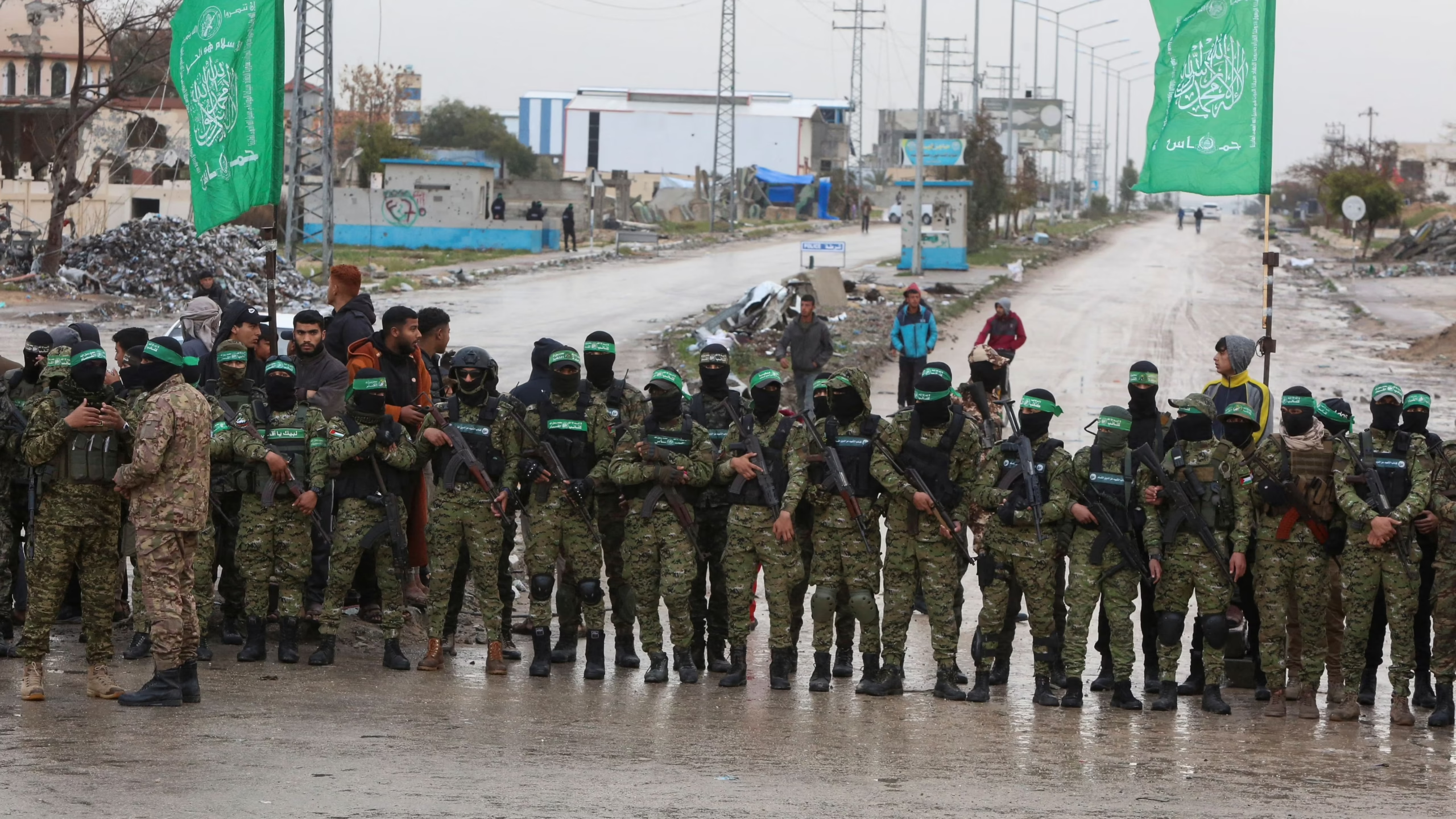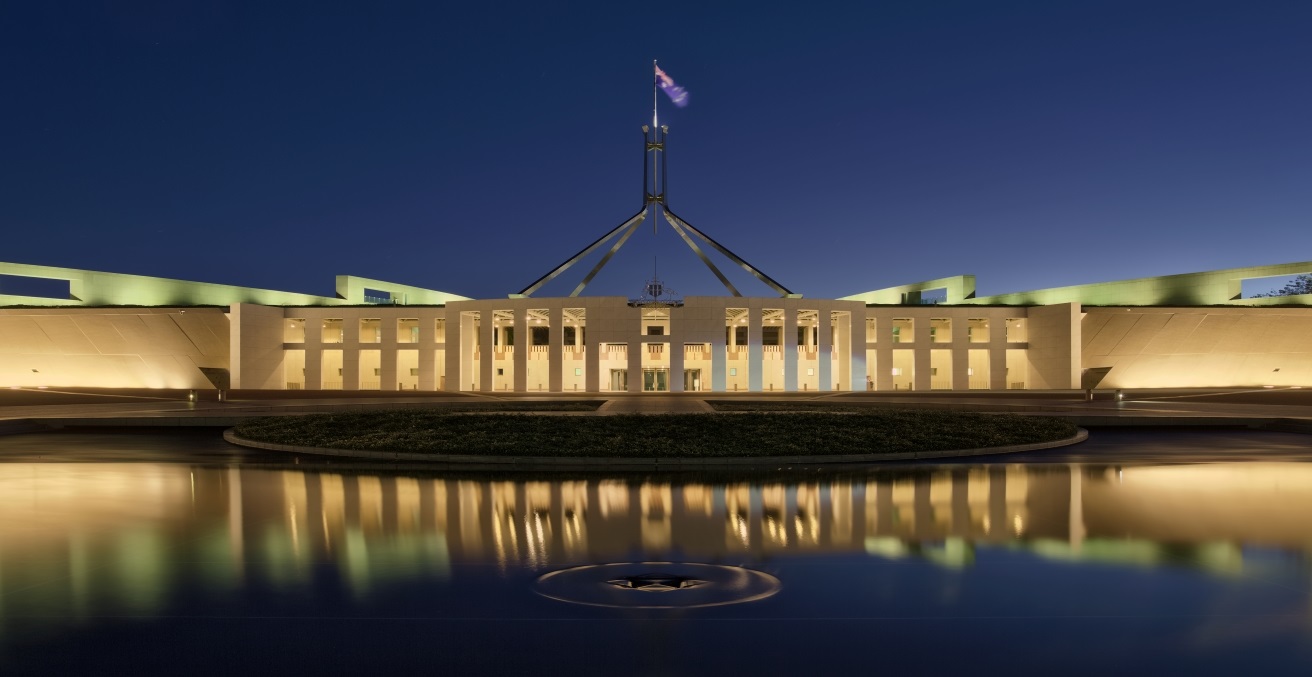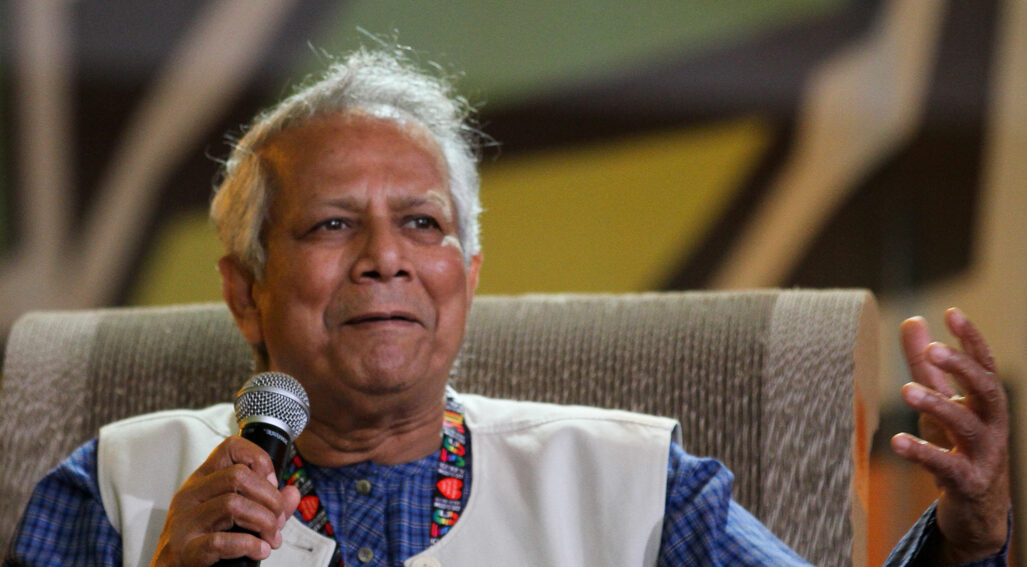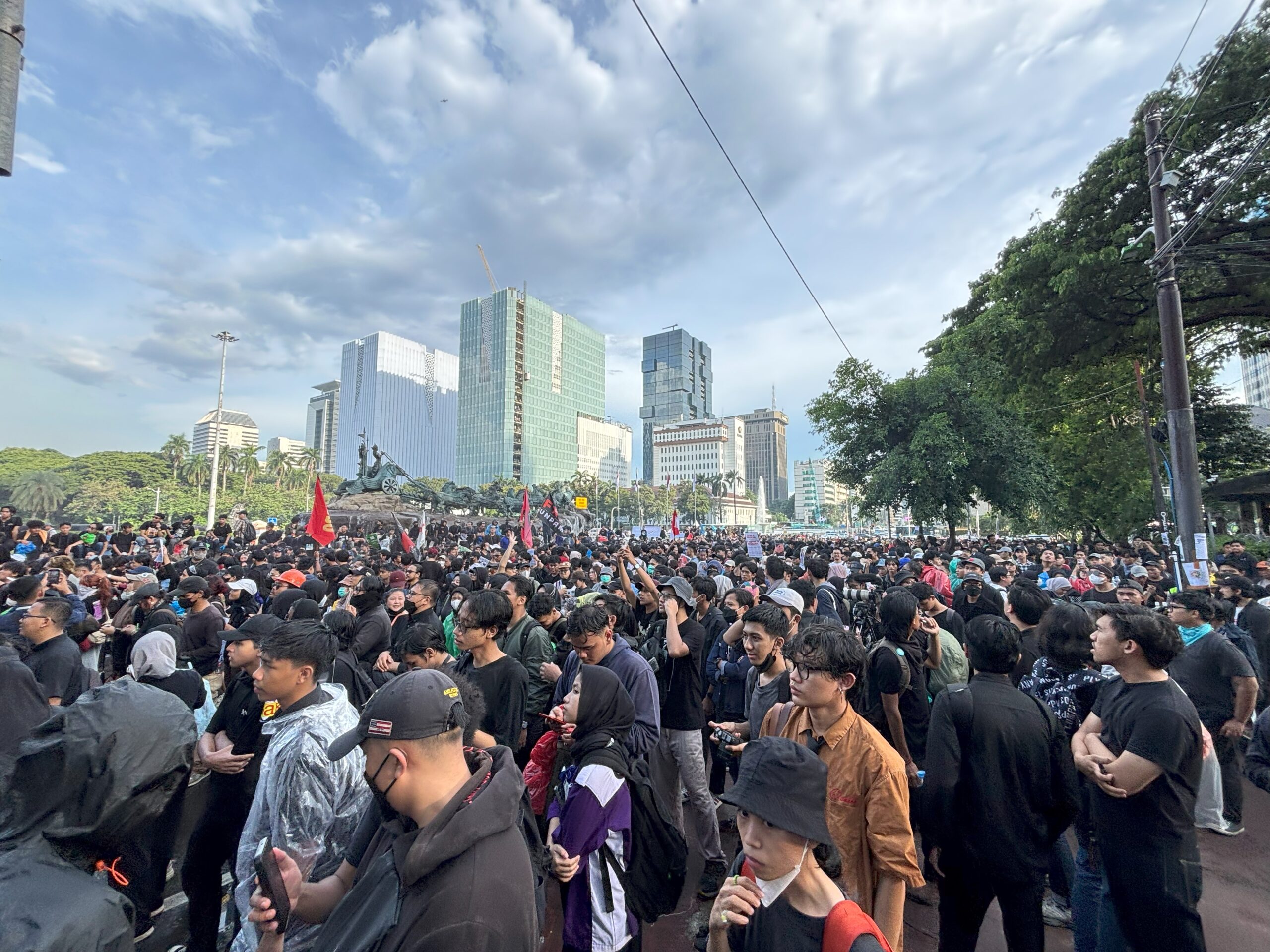While the primary focus, and success, of President Donald Trump’s Middle East visit to Saudi Arabia, Qatar, and the UAE during 13-16 May was investment, concurrent regional peace-making attempts were a mixed success. But the challenges ahead for peace between Palestine and Israel are very significant for all stakeholders, including Australia.
Trump’s meeting in Riyadh with Syria’s new president, Ahmad Al-Shakaa, attended also by Saudi’s prince Mohammed bin Salman Al Saud (MBS) and Türkiye’s president Recep Tayyip Erdoğan (the latter by phone), which resulted in Trump’s agreement to lift all sanctions as part of a new peacekeeping deal with Syria, was unexpected and outwardly highly successful.
According to different sources, the origin of the meeting was an optimistic Israeli initiative, arranged at relatively short notice, adopted by Trump, but strongly opposed by some of Trump’s top advisers because of the unpredictability of any positive outcomes. But not all went Trump’s way; Trump also proposed, but Al-Shakaa refused to sign, the Abraham Accords—for Syria to normalise relations with Israel.
Different sources also claim Trump pressured the leaders of the four Gulf states he also met—which have withheld signing the Abraham Accords—to do so. (The four are Saudi Arabia, Qatar, Oman, and Kuwait. Bahrain did so in 2020, and Jordan normalised relations in 1994). The basis for their rejection was their commitment to the 23 key resolutions of the Emergency Arab Summit for Palestine held in Cairo on 4 March 2025, especially the first resolution which based any Palestine-Israel comprehensive peace agreement on a two-state solution.
The remaining resolutions include seeking the complete withdrawal of all Israeli occupation forces; an end to all displacement of Palestinians; the right of return for all displaced Palestinian refugees; adoption of Egypt’s three phase plan for the reconstruction of Gaza; recognition of the Palestine Liberation Organisation (PLO) as the legitimate and sole representative of the Palestinian people; the guaranteed delivery of humanitarian aid, including the ongoing role of the UN and UNRWA; the deployment of international peacekeeping forces to ensure the security of both Palestinians and Israelis; recognition of the advisory findings and orders of the International Court of Justice (ICJ) relating to Israeli crimes against Palestinians; and a legal review of actions by Israel that constitute genocide.
Space does not permit me to address all the above, but I have raised below three key related issues: the pursuit by successive Israeli governments of a Greater Israel and its boundaries, the extremist actions used by Israel against Gazans and Palestinians generally in pursuit of the above, and the prospects of a two-state solution.
However, I want to make clear two points from the outset. Firstly, both Israel and Palestine have a right to exist. And secondly, criticism of the actions of the Israeli government does not automatically constitute antisemitism, and protests or other actions by some Palestinians/Arabs/Muslims do not automatically constitute terrorism.
The drivers for the creation of Israel were, simplistically, and after centuries of discrimination, persecution, and elimination (for instance, the Holocaust) for the Jewish people to seek safety in their biblical homeland in the Middle East, as justified explicitly in Genesis 15:18.
Israel was established by self-proclamation on 14 May 1948 within the territory of the then British Mandate of Palestine, and subsequently recognised as a sovereign state by the UN on 11 May 1949. The creation of Israel precipitated the displacement of hundreds of thousands of Palestinians from what they saw as their homeland. Israel has been at war, with all or selective neighbours and others, ever since its establishment. In large part, this has been for self-defence reasons but has also involved the de facto expansion of borders through annexation and “illegal” occupation.
Many successive Israeli governments, and the hard right especially, claim the whole of Palestine—West Bank, Gaza and East Jerusalem—as part of their “promised biblical land”; “from the river to the sea” (the Jordan River to the Mediterranean Sea). In fact, Genesis 15:18 defines this homeland (Greater Israel) as from the Nile to Euphrates rivers, which takes in parts of today’s Lebanon, Syria, Jordan, and Egypt as well as all of Palestine and Israel.
If the war is to stop, part of the ceasefire and peace settlement must include a negotiated and enforceable agreement between all stakeholders on these borders.
That settlement would necessarily also include Hamas releasing all remaining Israeli hostages. Palestinians claim Netanyahu doesn’t want any early permanent arrangement as he needs the war to justify the achievement of the political outcome below through continuing operations in Gaza.
While Israel has claimed that all military and related actions against threats from Palestinian and especially Hamas adversaries fall within the internationally accepted definition of self-defence, the claim does not have international credibility. The military response in Gaza especially—including targeting of hospitals, schools, and other critical and basic infrastructure (which allegedly do or may still harbour terrorists)—is demonstrably disproportionate. The deliberate starvation and denial generally of humanitarian aid to the population is inexcusable.
Claims that the tactics employed deliberately seek to make Gaza uninhabitable and drive Gazans over the border into neighbouring states without any right of return (ethnic cleansing) now have increasing international credibility, including significantly among the international—including Australian—Jewish community.
The extent of this brutality, especially starvation, has now breached the wall of antisemitic intimidation and constraints of “Holocaust conscience” among Western allies, including Australia, and has resulted in their condemnation of the Israeli government’s behaviour. The effectiveness of this condemnation will, in large part, depend on when, or if, Trump comes on board. If he does, the future of the Netanyahu government will be in serious doubt.
Is a two-state solution practical? Perhaps the best way to answer this question is to explore the practicality of a one-state solution. Although Israel’s Declaration of Independence, released concurrent with self-proclamation on 14 May 1948, states ”The State of Israel……will ensure complete equality of social and political rights to all its inhabitants irrespective of religion, race or sex (and) guarantee freedom of religion, conscience, language, education and culture (and) safeguard the Holy Places of all religions,” the intent and actions of the Israelis have always been that Israel is a land for Jewish people and Jewish privilege. This, ultimately, was made clear in Israel’s Basic Law 2018. In effect, in an Israeli single state, non-Jews would be/are second class citizens, a situation politically intolerable to a majority of Palestinians. Similarly, a single state based on the principles of Israel’s Declaration of Independence above, in which Jewish people had no privileges, would be unacceptable to a majority of Jews.
So, is a two-state solution a practical default option? For starters, there is the contradiction between the emotional issue of Greater Israel, versus the restrictive pre-1967 borders, albeit with adjustments. What, therefore, would/could be the boundaries, and would any, or many, of the 500,000+ “illegal” Jewish settlers in West Bank, and 200,000+ “illegal” Jewish settlers in East Jerusalem, be willing to relocate? These issues raise challenges for a potential resolution well beyond the capability of existing Israeli or Palestinian leaders, or probably the current membership of the UN Security Council. One can only hope relevant leaders have the will to seriously and fairly address these challenges and work towards a peaceful solution, to avert further war.
There is a very real role for the Australian government to contribute constructively to this peace-making challenge. That includes keeping the Australian population fairly informed of developments, and ensuring its even-handed professionalism encourages cooperation rather than divisions between domestic stakeholders based on ethnicity or religion.
Ian Dudgeon is a former president of the AIIA’s ACT Branch.
This article is published under a Creative Commons License and may be republished with attribution.




